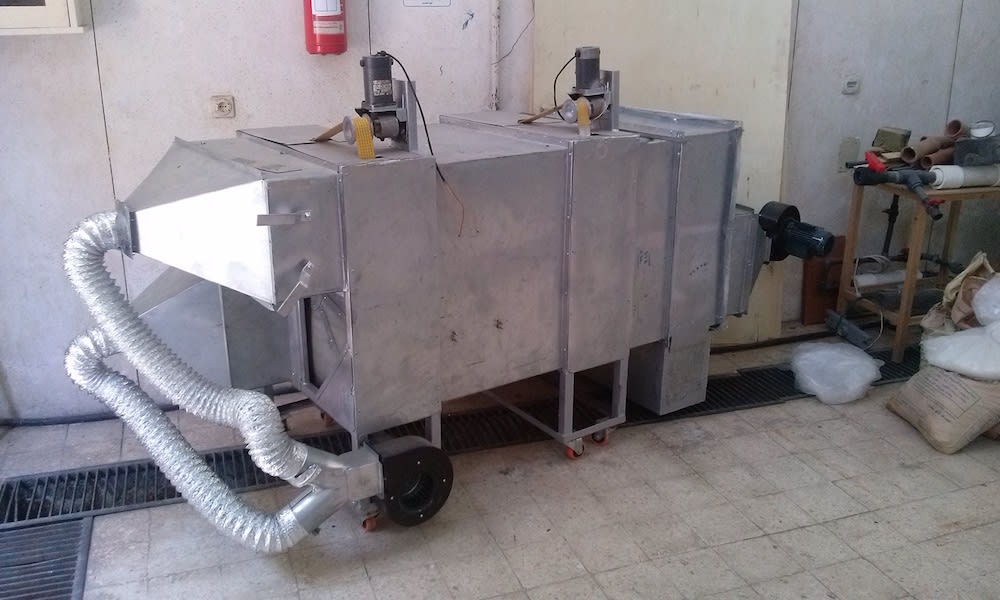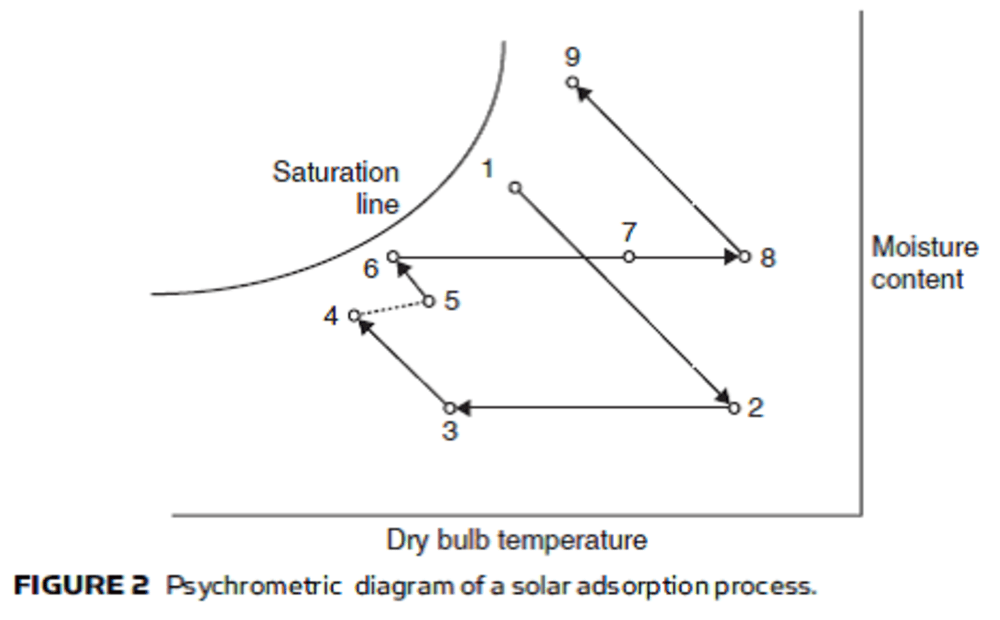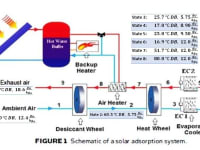Egypt is experiencing one of its most serious energy crises for decades, with parts of the country facing around six power cuts a day for up to two hours at a time. The blackouts have created widespread frustration, with businesses reporting a downturn in production and citizens complaining about the disruption to everyday life. Egypt experiences frequent electricity blackouts because of rising demand, natural gas supply shortages, aging infrastructure, and inadequate generation and transmission capacity.
From this view we started to think in our project idea of using the solar energy instead of electrical energy and depends mainly in Air Conditioners and refrigerators and this will has two benefits:
1. Reduce the gap in electrical power stations in Egypt
2. From Environmental view, it will reduce the pollutants from the gas and steam power stations used in Egypt.
Desiccant cooling is a new technology which can be used to condition the internal environment without the use of traditional refrigerants. It is an environmentally attractive solution, which does not require ozone depleting refrigerants and can be run off low temperature waste heat or solar heat.
Our prototype desiccant cooling system has been proposed as an alternative to vapour compression refrigeration for space cooling.
Replacing conventional cooling systems with ones powered by solar heat/waste heat can be the ultimate solution of the fossil fuel energy dilemma. The use of desiccant cooling systems to save energy, reduce moisture from the air and to improve indoor air quality is found to be economic and environmental friendly due to their superior humidity control.
In this project a desiccant cooling system which has been designed and installed at the gas dynamics lap of Mansoura University, Mansoura, Egypt, is experimentally investigated.
The cooling system consists of four main components: a desiccant dehumidifier, a rotary regenerator, an evaporative cooler and a heating source. In addition, experimental results are presented alongside analytical results of the installed desiccant cooling system to evaluate the system performance parameters.
The hot desiccant material absorbs moisture from incoming ventilation air and increases the dry-bulb temperature. This dry air stream is cooled in two steps. First, it is sensibly cooled by heat exchange with the building exhaust air. Then it is evaporatively cooled and partially rehumidified by contact with a water spray. The exhaust air from the building is evaporatively cooled to improve the performance of the heat exchanger. After being heated by heat exchange with the incoming air, the exhaust air is further heated by energy from the solar system and/or from an auxiliary energy source. The hot exhaust air passes through the desiccant material and desorbs moisture from it, thereby regenerating it for continuation of the process.
Desiccant cooling systems has successfully helped ( supermarkets, offices and retail stores, hotels, industry, ice rinks, hospitals, quick-service restaurants, schools and theaters counteract ).
Like this entry?
-
About the Entrant
- Name:Hassan Mahmoud
- Type of entry:teamTeam members:Khaled Salah Moustafa Soliman
Ahmed Saad El-Dahma - Patent status:none








